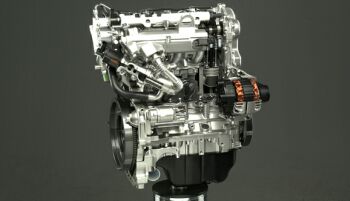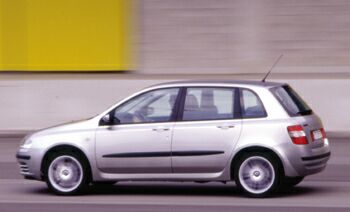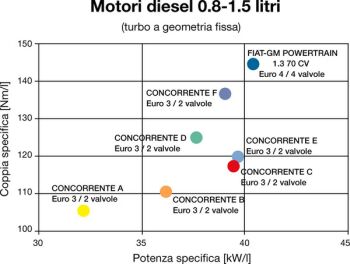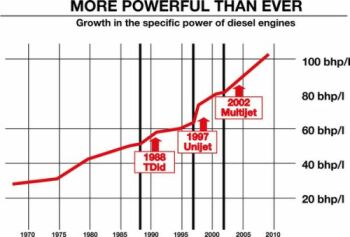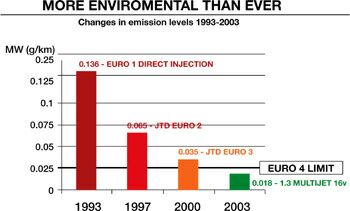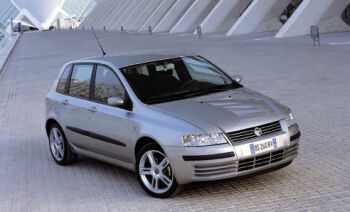| >
THE 1.3 MULTIJET 16V
We are speaking, naturally
of the 1.3 Multijet 16v, a second-generation Common Rail engine that may
be considered New Fiat's trump card for at least three good reasons. Firstly,
because it will power some of the models that will be responsible for relaunching
the Brand. Secondly, because it is the first engine to be designed by Fiat-GM
Powertrain, the product produced as part of a joint-venture between Fiat
Auto and General Motors that is bound to be of crucial importance with
an output of at least 500,000 units per year. Lastly, because it represents
a new chapter in the gripping tale of diesel technology. Another quality
breakthrough that sees Fiat yet again playing a leading role. Just as it
did in 1988, with the launch of the Croma 1.9 TDI, the first standard production
car in the world to be fitted with a direct injection diesel power unit.
And, ten years on, the advent of the 1.9 JTD, the first direct injection
diesel unit to be built using the Common Rail technology that all manufacturers
now embrace. |
